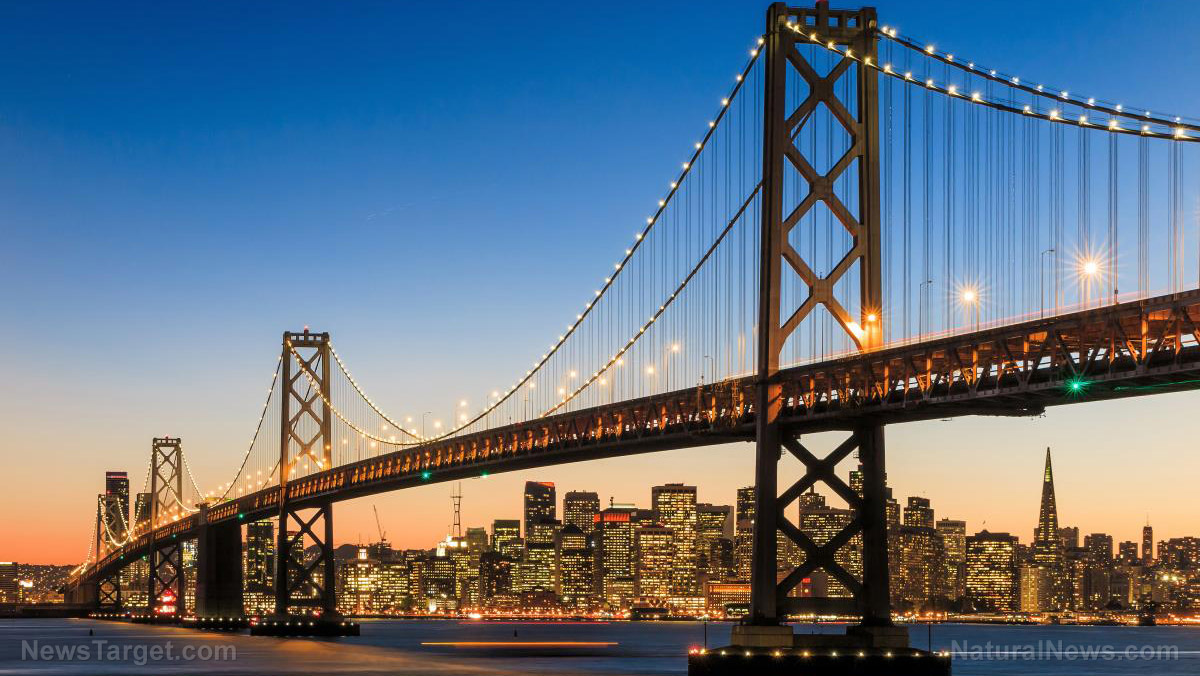
The nation has a troubled history of trying to control its rivers. Since Chairman Mao Zedong urged workers in the 1950s to "conquer nature," China has been creating dams in large numbers to generate power, minimize flooding and provide irrigation for fields as well as drinking water for cities. However, the country is now experiencing the long-term effects of its bad decision.
Many of the dams in the country are far too small to generate meaningful amounts of power, and others have become redundant as rivers ran dry.
"For a long time, people thought it was a waste to let the river just run away in front of you without doing something,” Wang Yongchen, founder of Green Earth Volunteers, said. Green Earth Volunteers is a Beijing-based non-governmental organization that focuses on river protection.
Chinese media reported that over 80 water conservancy projects were built in the Beijing region alone, but by the 2010s, the rivers were running dry at an average of 316 days a year.
Jin Chengjian, a citizen who spent all his life in Shijingshan district said: "The weather in Beijing has changed. As a child, I often swam in the diversion canal near the station. Now, the water gets less and less, and dirtier and dirtier.”
A 68-meter tall dam in Weizishui village was completed in 1980 to control flooding. It took six years to finish and was never needed once, a result of bad planning.
This is not the only one with problems. At the end of 2017, China has over 24,000 hydropower stations spread over ten provinces over the Yangtze and its tributaries. Of these, at least 930 were constructed without environmental assessments.
Moreover, many of the older dams pose serious safety threats, especially during summer floods. The Ministry of Water Resource in China reported that 3,515 reservoirs burst between 1951 and 2011. This included the infamous Banqiao dam in Henan province, which, along with 61 other dams, broke after six hours of rain in August 1975, killing 240,000.
The dams still continue to fail. Earlier this year, two in Inner Mongolia gave way to heavy rain, killing more than 300 people in Henan. The army also warned that the Yilehan dam "could collapse at any time."
Dams criticized for environmental damage
Large dams and reservoirs are increasingly criticized for their damaging impact on the environment. They alter the flow of the rivers, submerge aquatic habitats and disrupt the migration and spawning of fish.
For instance, the Three Gorges Dam, which was completed on the Yangtze river in 2006 after two decades of construction absorbed the river's overflow, and several lakes downstream shrunk dramatically or disappeared completely.
There have also been reports about the Three Gorges putting as many as 400 million lives at risk as torrential rains threaten the dam due to its structural integrity -- a hydrology expert took to international media in 2020, warning that it could collapse at any moment. (Related: Buckling Three Gorges Dam in China is just fine, claims CCP.)
China continues to build hydropower projects, but the government said it wants to halt the development of smaller ones. Ma Jun, director of the Institute of Public & Environmental Affairs, said: "Our rivers are over-exploited after decades of constructing without proper planning."
Another problem is how to get rid of unwanted projects. While closing down a hydropower plant is one thing, removing the dam and its potentially dangerous concrete structure is a large engineering project.
Zhouzhi County in Shanxi province, for instance, owes over 100 million yuan to a company that agreed to demolish three hydrostations. However, the county's revenue for the first half of 2020 was only 135 million yuan, and there are 26 other hydroplants to be removed.
"The government has spent a lot of money, but only to solve superficial problems - to make the river look good, rather than addressing the ecosystem. We shouldn’t solve one river’s problem by putting pressure on another river that’s also in trouble," Wang said.
Read more about the environmental impact of dams at Environ.news.
Sources include:
Please contact us for more information.




















